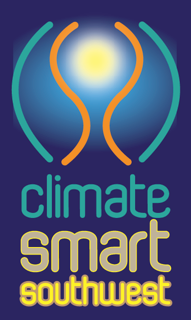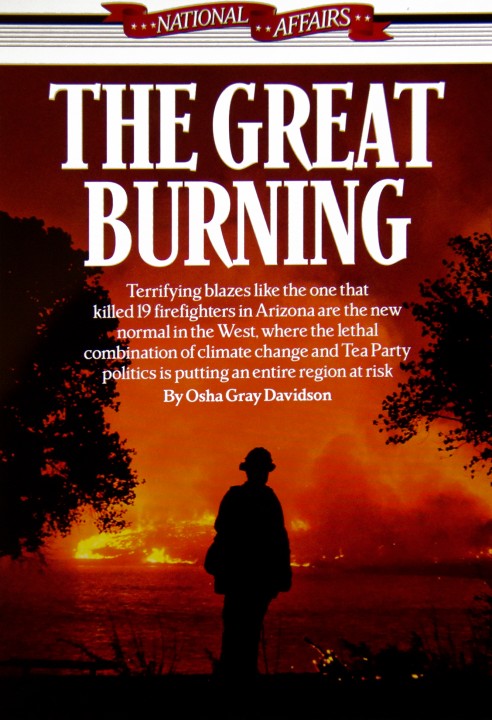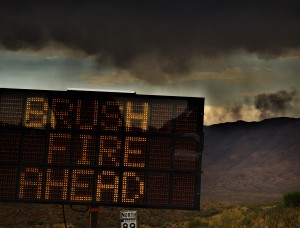September 20 and 21 in Tucson, Arizona
 This conference is being organized by the Arizona Chapter of Physicians for Social Responsibility (PSR) with the support of a coalition of co-sponsoring community and national organizations as well as local leaders. The purpose is to build new and fortify existing cross-cultural, community, and governmental partnerships to educate and engage community action to address the anticipated public health impacts of climate change in the Southwest.
This conference is being organized by the Arizona Chapter of Physicians for Social Responsibility (PSR) with the support of a coalition of co-sponsoring community and national organizations as well as local leaders. The purpose is to build new and fortify existing cross-cultural, community, and governmental partnerships to educate and engage community action to address the anticipated public health impacts of climate change in the Southwest.
Why It’s Very Important: Extreme weather events in the Southwestern U.S. and adjacent Borderlands are on the rise and with them, higher incidences of health-related impacts such as heat stress, newly emerging infectious diseases, asthma and other respiratory illnesses. Moreover, as the “hottest, driest part of the United States,” our region is already experiencing longer and more intense heat waves and the threat of wide scale power blackouts, a “dramatic spike” in forest fires, severe dust storms, and changes in the amount and timing of rainfall and seasonal snowmelt that threatens water resources and food security. While these events are alarming, communities in the Southwest are preparing for these risks and other impacts outlined in the new National Climate Assessment through planning and prevention strategies aimed at reducing our vulnerability to extreme weather and local climate impacts.
Who Should Attend: Community and neighborhood leaders, formal and informal educators, citizen activists, government and non-profit agency personnel; Climate scientists, and health professionals in the Southwestern U.S. Northern Mexico, and First Nations who have an interest in community based action for preparedness to develop more resilient neighborhoods, towns, cities, borders regions, and tribal lands; National leaders and members of PSR, environmental groups, and policy making agency representatives.
For more information or to register for the conference, click here.


